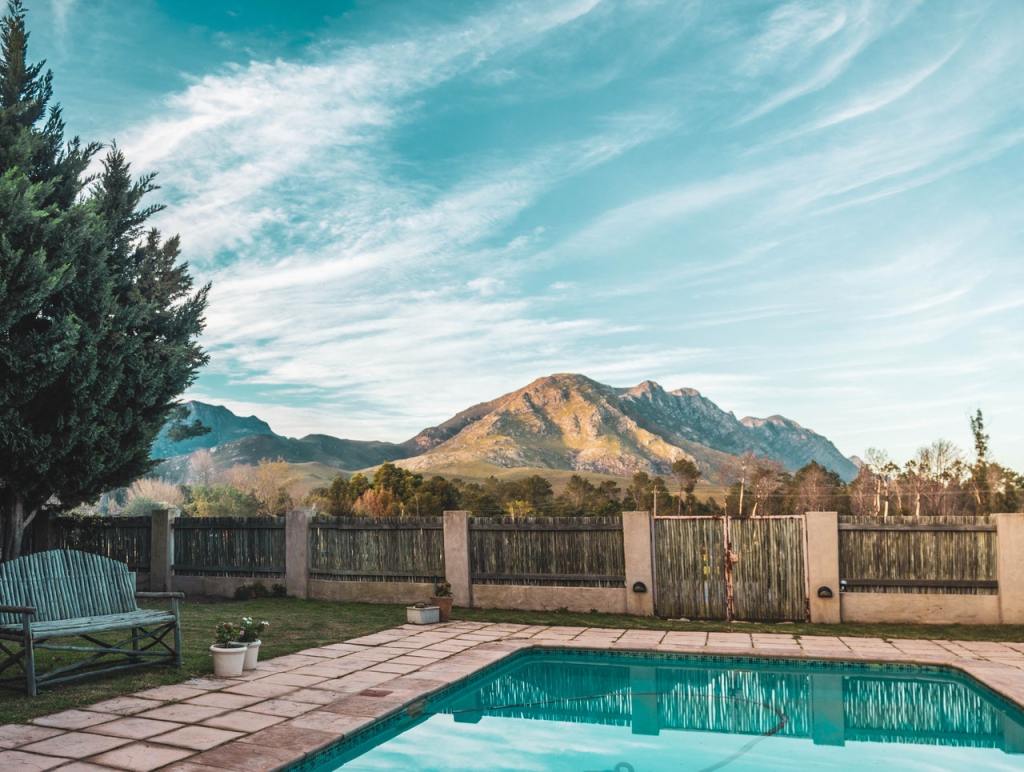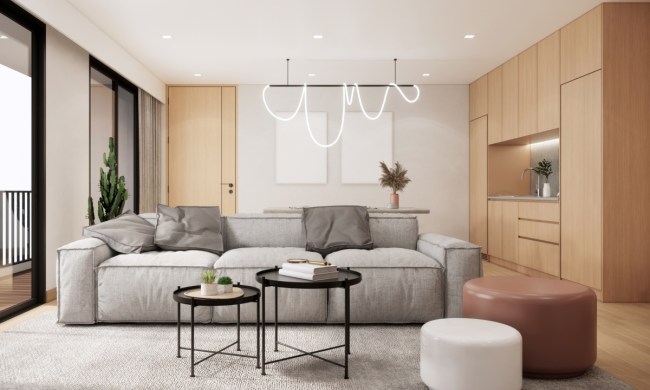In-ground pools provide a luxurious place to relax during warm summer days or to entertain friends and family during a backyard barbecue. But while in-ground pools have a lot to offer, they require some upfront work and preparation.
Before you go all in on your dream in-ground pool, familiarize yourself with these six things first. There are a few important decisions you’ll have to make before you can relax poolside. Thankfully, we have the information you need to know.

Look into your local zoning laws
Before embarking on your pool layout or investing in your pool materials, look into your local zoning laws. Contact your local zoning office or city hall to learn the rules and regulations in your area. Some neighborhoods and cities have stricter rules than others, so you must ensure you fully understand your local zoning laws before breaking ground.
Additionally, you’ll want to hire a contractor or pool installation professional to look at or speak with you about your in-ground pool plans. Digging a pool in the backyard if your house uses a septic tank could be one obstacle you might face, causing you to rethink the location of your pool. Each backyard and property is different, so hiring a professional to walk you through your pool decisions and specific situations is best.

Consider how much space you have
Another thing you’ll want to consider is how much space you have available for a pool. You need accurate measurements and perhaps some drawn-up plans from a professional to ensure you meet local zoning regulations and pool safety suggestions. Consider how much space will be devoted to the pool itself and what space will be set aside for pathways, a patio, a pool house, or equipment storage.

Decide what kind of pool you want
Once you have all the plans worked out, you’ll want to invest some time in researching what kind of pool will work best for you and your family.
By material
A professional pool installer can walk you through the pros and cons of different pool materials. The three most common are vinyl-lined, fiberglass, and concrete. Each type of pool material has a different price, construction time, and longevity. Depending on your needs, you may choose a more cost-effective solution. Or maybe you prefer something built quickly or something that can withstand the test of time. Speak to a professional when making this decision.
Saltwater vs. chlorine
Many homeowners are familiar with chlorine and saltwater pools, especially if you’ve been considering getting a pool of your own. Before making a decision, we recommend weighing the pros and cons of each and looking into the different types of maintenance required to care for these pools.

Be sure to focus on quality and longevity
Homeowners want a pool that will last. Your pool should offer you plenty of summers of fun and also a decent uptick in property value when it comes time to move. To get the best return on your investment, focus on quality and longevity when choosing your pool materials.
It’s also a good idea to speak with your home insurance company to determine what coverage plans may exist for you should a disaster strike.

Consider how you will maintain your pool
Make sure you have a game plan for maintaining your pool once it’s installed. Not only will this benefit you and your family by allowing you to enjoy many summer days poolside, but it will also mean less expensive repairs down the road. A poorly maintained in-ground pool can become a costly project to correct.
Additionally, if you intend to sell your home, the status of your in-ground pool can aid or sour your home-selling experience. A well-kept pool will attract buyers, while a poorly maintained feature may deter others.

Determine your budget
While this may seem like one of the first things you should consider before investing in an in-ground pool, the budget can only be fully determined once you have a clear vision of what you want. For example, a saltwater pool will be more expensive upfront to install than a chlorine pool. However, you may spend more on chlorine maintenance than saltwater. Alternatively, a vinyl-lined pool will be cheaper upfront than fiberglass but will need to be replaced every 5 to 10 years.
You might consider investing in higher-priced materials if you have a greater upfront budget. However, if you have a smaller upfront budget and feel confident you can manage updates over time, you may choose to go that route.
Whatever you choose, an in-ground pool can be an excellent investment on your property if it’s maintained properly. Make sure you check up on your local zoning laws and hire a professional to help you with the initial planning and decisions. No matter what kind of in-ground pool you install, you can feel confident that your choice is right for you and your family’s needs for many summers to come.




